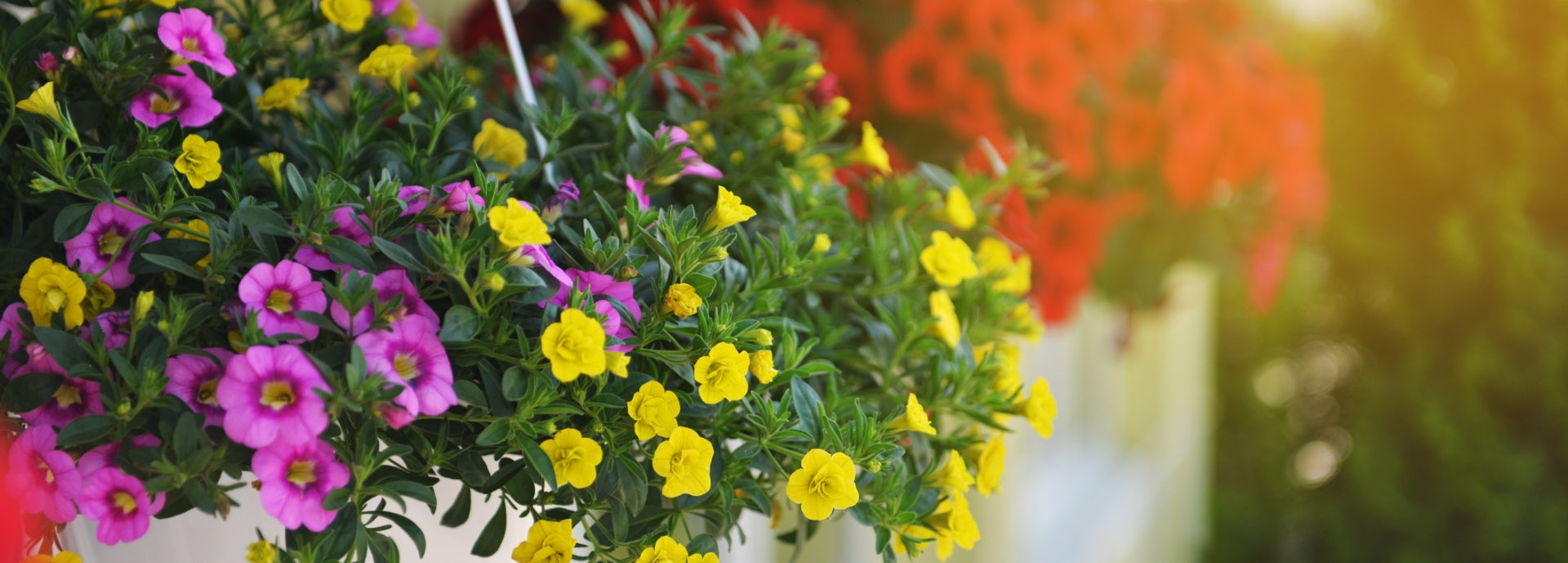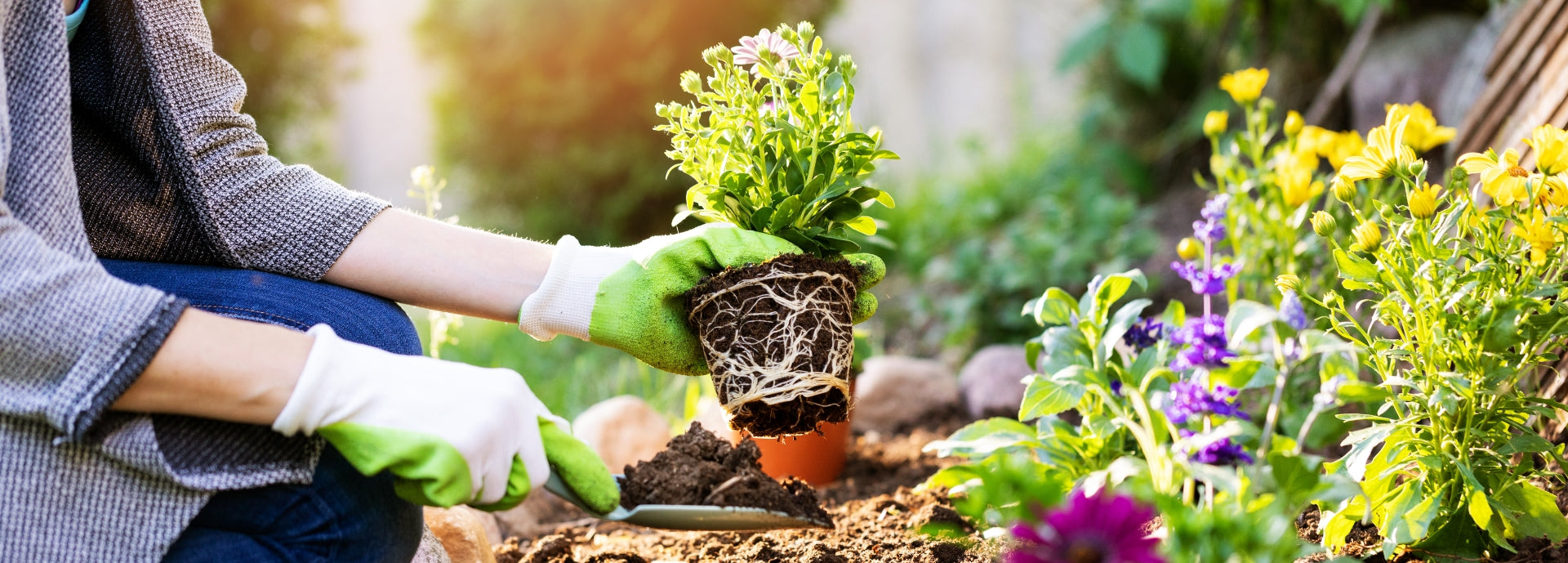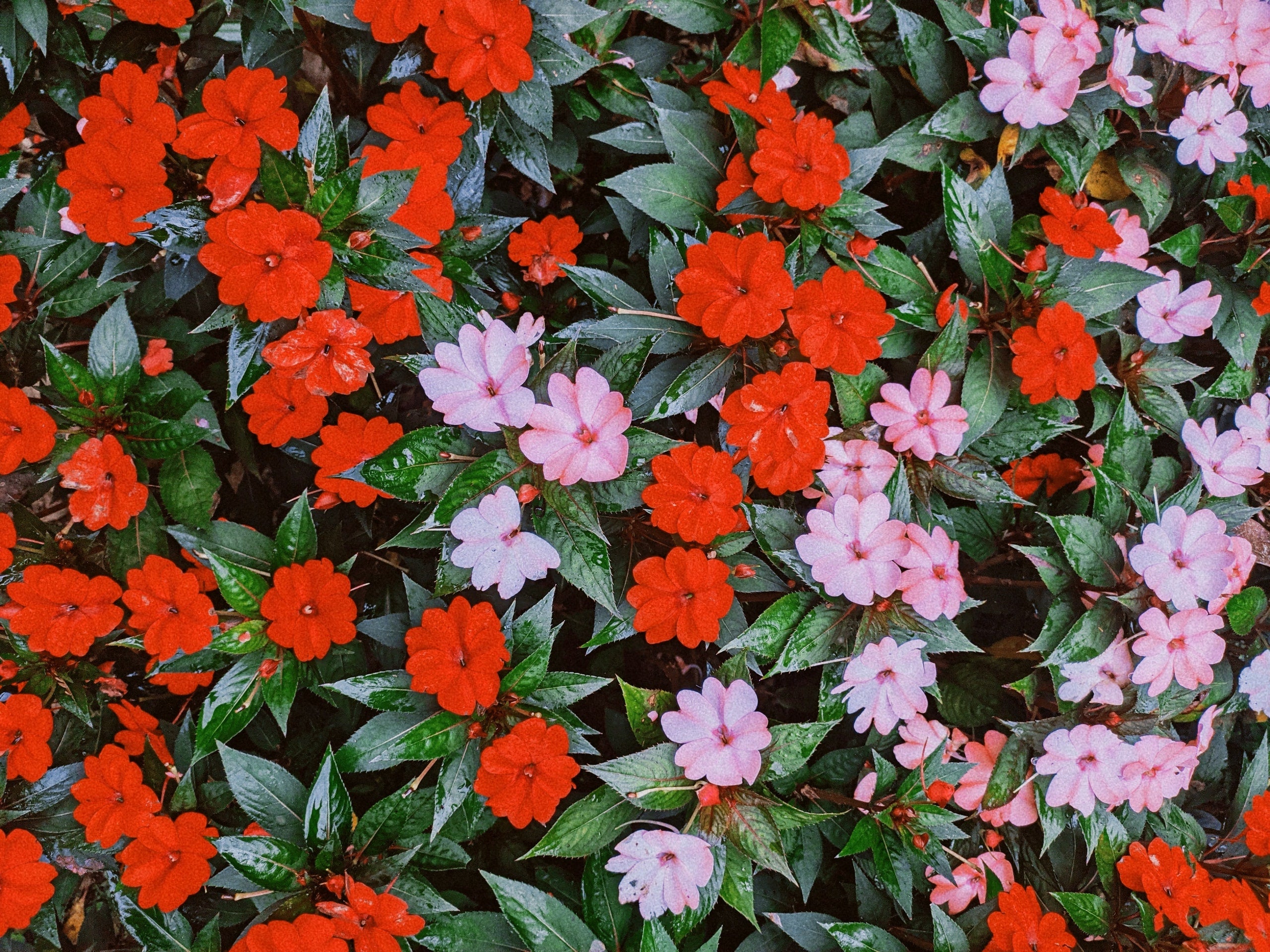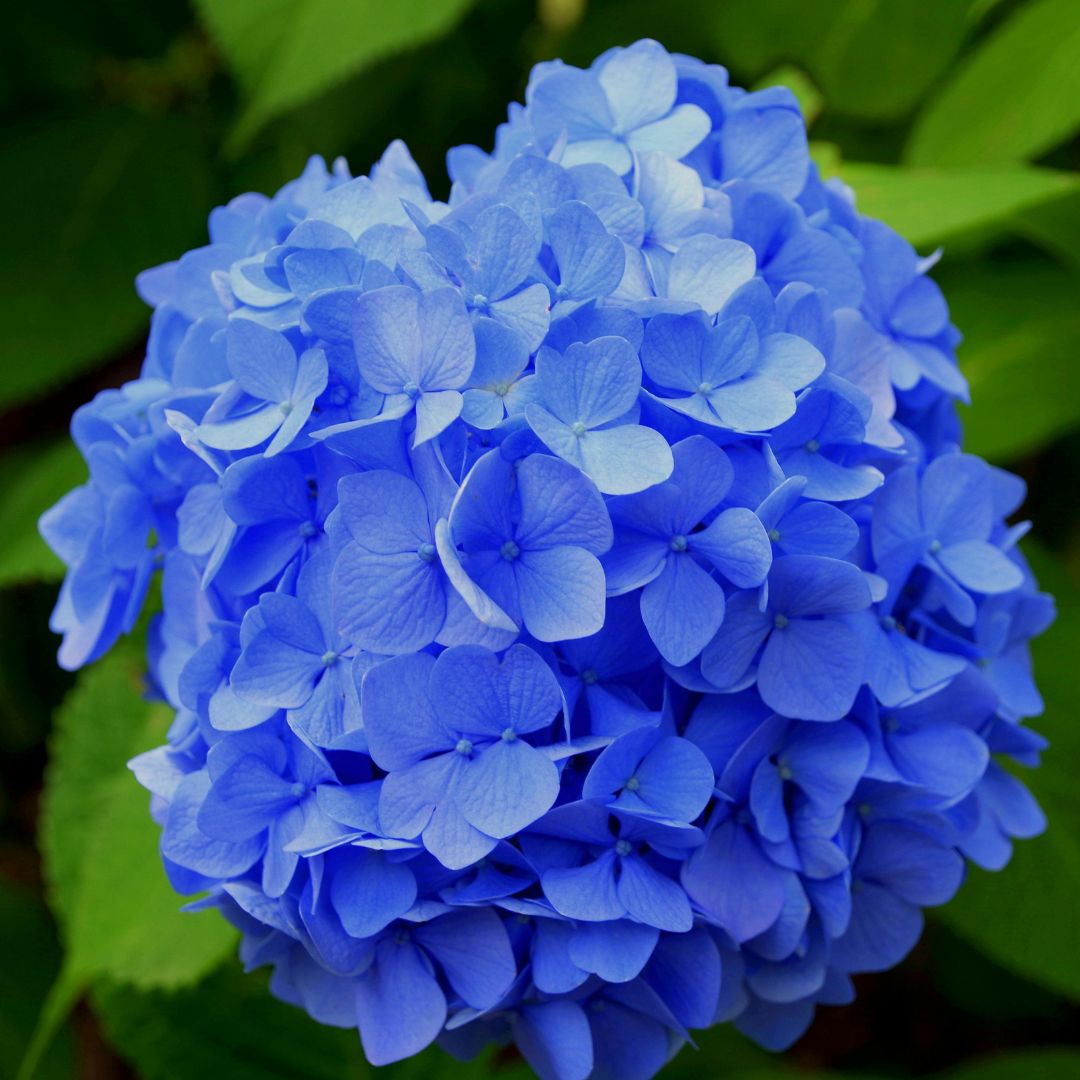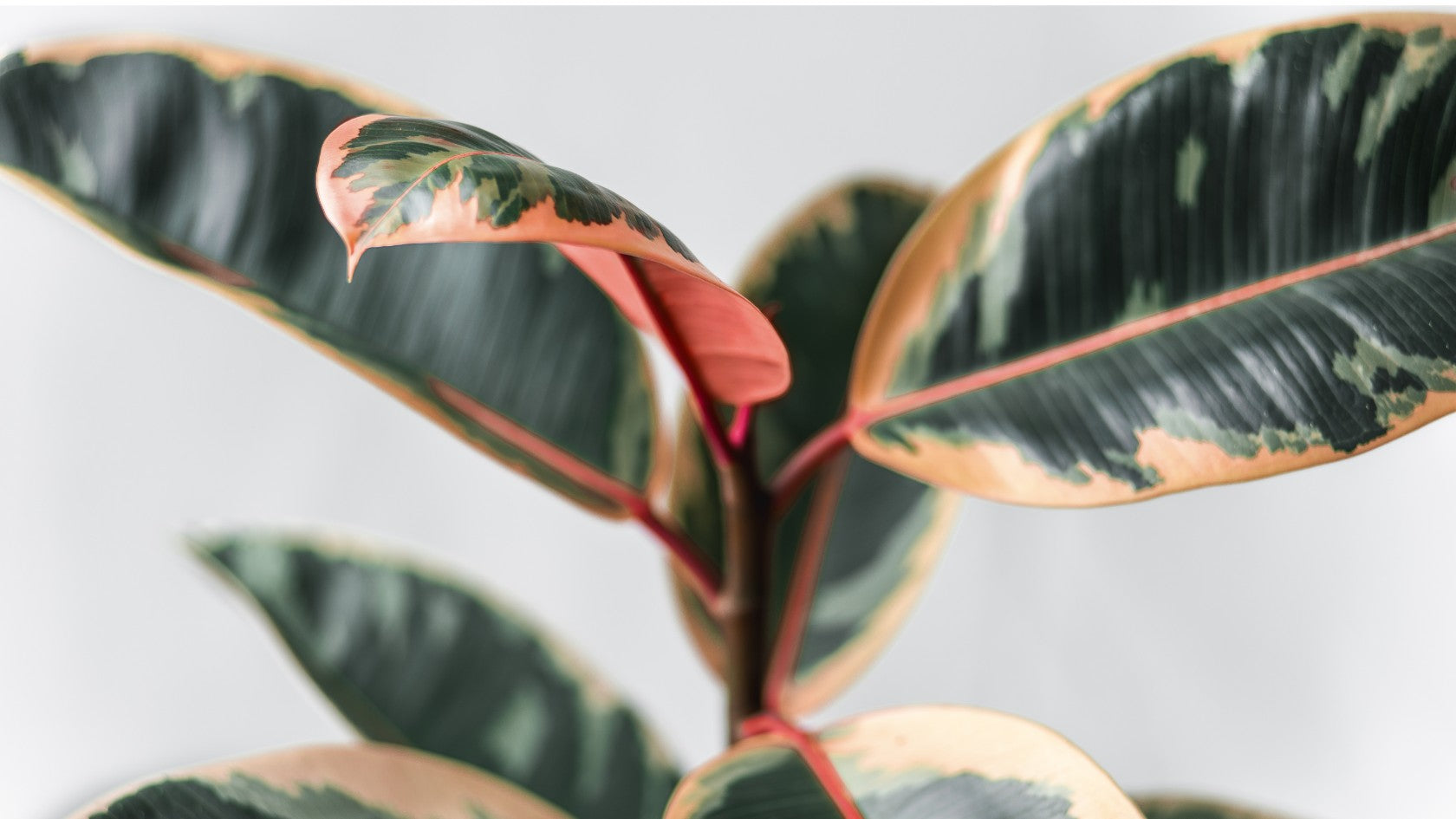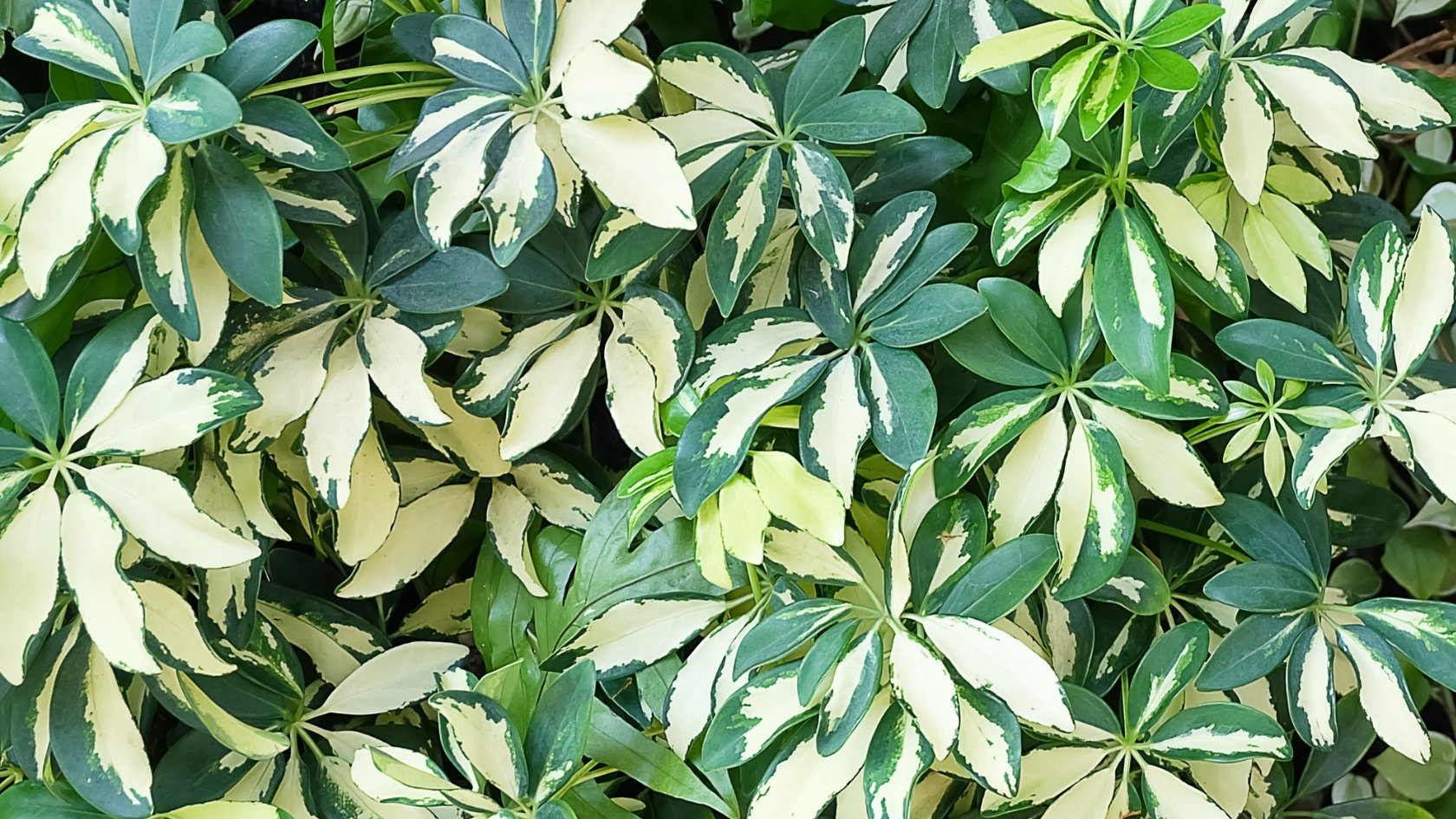If you're a gardener looking to add vibrant colors and delicate beauty to your garden, impatiens are an excellent choice. These popular flowering plants are cherished by gardeners around the world for their ability to thrive in various conditions and bring life to any space. Let’s explore the wonders of impatiens and provide you with essential tips to grow and care for these stunning plants.
Impatiens 101: Impatiens, commonly known as busy Lizzies or patience plants, are a genus of flowering plants that belong to the family Balsaminaceae. They are native to tropical and subtropical regions, and their name originates from the Latin word "impatientia," which means "impatient." This name perfectly describes their unique seed dispersal mechanism - when ripe, the seed pods burst open, scattering the seeds around the plant.
Types of Impatiens: Impatiens come in a variety of species and cultivars, each with its own characteristics. Some popular types include:
- Impatiens walleriana: This is the most common and widely grown variety, known for its vibrant blooms in shades of red, pink, purple, orange, and white.
- New Guinea Impatiens (Impatiens hawkeri): These varieties have larger flowers and leaves compared to I. walleriana. They are often more tolerant of sun exposure and provide a striking display of colors.
- Double Impatiens: These cultivars feature double blooms, adding an extra layer of lushness and elegance to your garden.
Growing Impatiens: Impatiens are known for their adaptability, but they thrive in specific conditions. Here are some key points to consider:
- Sunlight: Most impatiens prefer partial shade to full shade. While some varieties can tolerate more sun, it's best to provide them with protection from the scorching midday sun.
- Soil: Well-drained, humus-rich soil is ideal for impatiens. They appreciate moist soil but dislike waterlogged conditions.
- Planting: When planting impatiens, space them apart according to their mature size, typically 8 to 12 inches apart. Ensure the planting hole is deep enough to accommodate the root ball.
Watering and Fertilizing: Impatiens have relatively high water requirements, so regular watering is essential. Be careful not to over water, as this can lead to root rot. A layer of organic mulch around the plants can help retain moisture and suppress weed growth.
Apply a balanced liquid fertilizer every two weeks during the growing season to promote healthy growth and abundant blooms. Follow the instructions on the fertilizer packaging for the appropriate dilution ratio.
Maintenance and Care: To keep your impatiens thriving, follow these maintenance tips:
- Deadheading: Remove spent flowers regularly to encourage continuous blooming. Pinching or cutting off the faded blooms just above a leaf node will stimulate new growth.
- Pests and Diseases: Impatiens are generally resistant to pests and diseases, but watch out for aphids, slugs, and snails. Promptly address any infestations to prevent damage.
- Winter Care: In colder regions, impatiens are typically grown as annuals. If you wish to overwinter them, take cuttings or bring potted plants indoors before the first frost.
Impatiens are a gardener's delight, offering a profusion of vibrant colors and abundant blooms. With their adaptability and versatility, these charming plants can grace any garden or container. By following the tips outlined in this guide, you'll be well on your way to cultivating a stunning display of impatiens that will brighten your outdoor spaces for months to come!


